The Ultimate Guide to Creating a Comprehensive Lawn Care Program
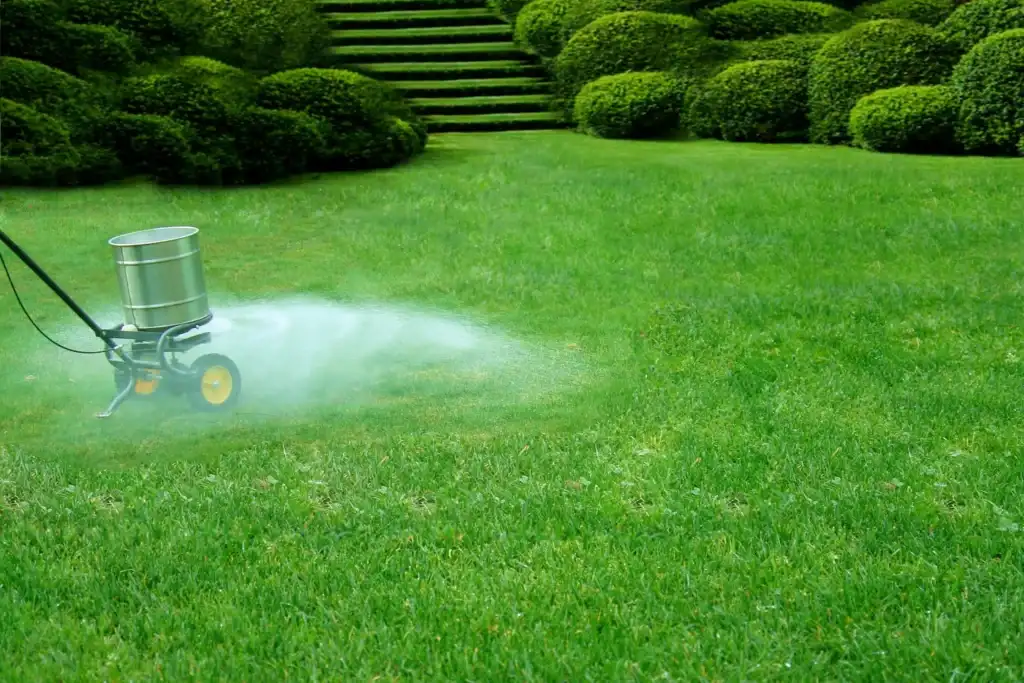
At Turf TitanZ, we are passionate about transforming ordinary lawns into breathtaking landscapes that stand out in the neighborhood. With years of experience and a team of dedicated residential landscaping experts, we have perfected the art of lawn care, combining scientific knowledge and industry best practices to create tailored programs that cater to the unique needs of your lawn.
Whether you’re a homeowner, a landscaping enthusiast, or a fellow lawn care professional seeking to enhance your skills, this comprehensive guide will equip you with the knowledge and tools to achieve the lush, healthy lawn you’ve always dreamed of.
Importance of Lawn Care Services
Lawn care services play a vital role in maintaining the health and beauty of your lawn.
Enhanced Aesthetics
A well-maintained lawn adds immense visual appeal to your property. It creates a lush, green backdrop that enhances the overall curb appeal and makes a positive first impression on visitors and passersby. Professional lawn care services can help you achieve that perfectly manicured look, ensuring your grass is evenly cut, weeds are kept at bay, and the landscape is well-groomed.
Healthier Grass and Plants
Services offered by a professional lawn care company go beyond just mowing. They involve expert knowledge of soil composition, fertilization techniques, pest control, and irrigation practices. Professionals in residential lawn care can assess the specific needs of your lawn, conduct soil tests, and provide tailored solutions to promote optimal growth and health.
Time and Effort Savings
Lawn care is a time-consuming task that requires regular attention and effort. By outsourcing your lawn care needs to professionals, you can reclaim valuable time and free yourself from the burden of routine maintenance tasks.
Expert Knowledge and Experience
Professional lawn care service providers possess extensive knowledge and experience in their field. They stay up-to-date with the latest techniques, products, and equipment to deliver superior results. From understanding the right type of grass for your region to identifying and treating common lawn problems, their expertise ensures that your lawn receives the best care possible.
Cost-Effectiveness
While some may view professional lawn treatments as an additional expense, they can actually save you money in the long run. Professionals can accurately assess your lawn’s needs, preventing unnecessary expenditures on improper treatments or ineffective products. Additionally, they can detect potential issues early on, mitigating the risk of extensive damage that could lead to expensive repairs or lawn replacement.
Environmental Benefits
Proper lawn care practices not only help your lawn to grow healthy grass but contribute to a healthier environment. Lawn care services emphasize sustainable practices, including water conservation, responsible pesticide use, and the promotion of biodiversity. These efforts help minimize the negative impact on ecosystems and support the overall ecological balance in your area.
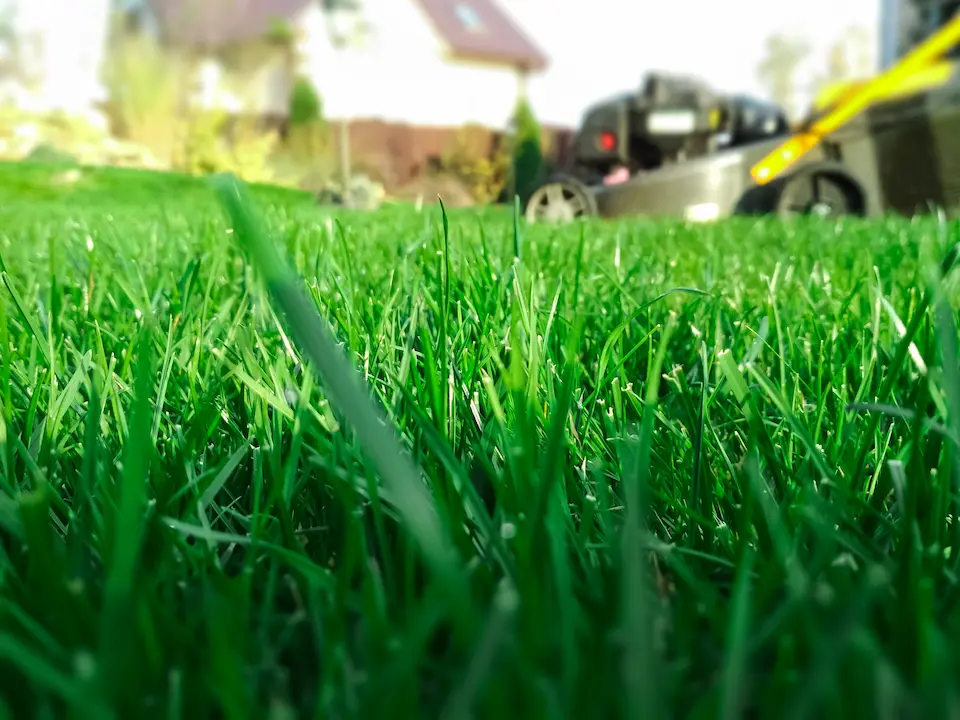
Benefits of a Healthy Lawn
Here are some key benefits of maintaining a healthy lawn:
- Improved Curb Appeal
- Increased Property Value
- Enhanced Air Quality
- Noise Reduction
- Erosion Control
- Temperature Regulation
- Improved Water Management
- Weed Suppression
- Increased Biodiversity
Assessing Your Lawn’s Needs
Assessing your lawn’s needs is a crucial step in developing an effective lawn care program. It involves evaluating various factors to understand the specific requirements of your lawn.
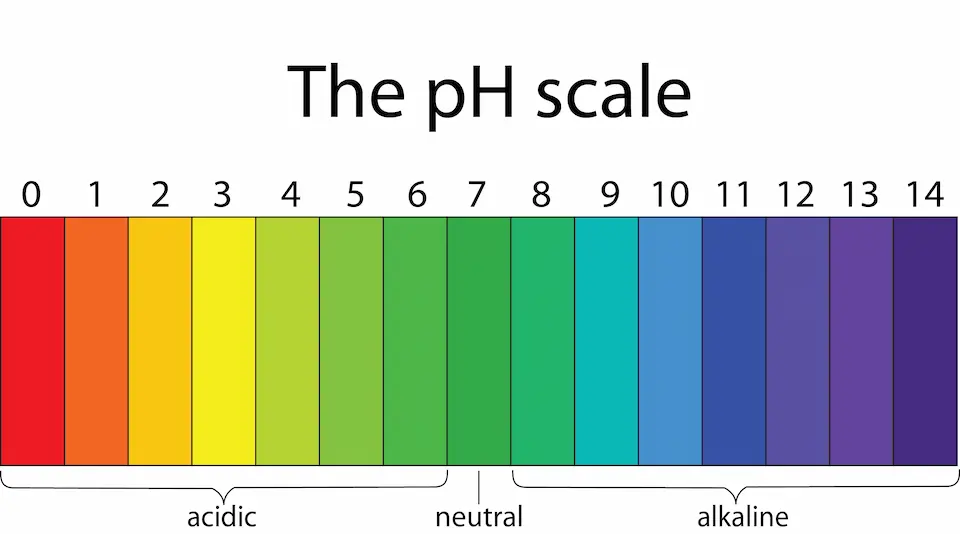
Soil Testing and Analysis
Soil testing and lawn analysis are fundamental components of lawn care, providing valuable insights into the composition and condition of your soil, and enabling you to make informed decisions about fertilization, pH adjustments, and other necessary treatments.
A soil test typically involves:
- pH Level: Testing the soil’s pH level helps determine if your soil is acidic, neutral, or alkaline, allowing you to make appropriate adjustments.
- Nutrient Levels: Soil testing identifies nutrient deficiencies or excesses that may impact the health of your lawn.
- Organic Matter and Soil Texture: Soil tests assess the organic matter content and texture of your soil. This information guides decisions on soil amendments, drainage improvements, and overall soil health management.
Determining Grass Type
Different grass species have unique characteristics and maintenance requirements. It’s essential to determine the grass type in your existing lawn to provide appropriate care.
Consider the following factors:
- Climate Adaptation: Certain grass types are better suited for specific climates. Determine whether your lawn requires warm-season grass (such as Bermuda grass or Zoysia grass) or cool-season grass (such as Kentucky bluegrass or tall fescue) to optimize its growth and resilience.
- Sun and Shade Tolerance: Evaluate the amount of sunlight your lawn receives throughout the day. Some grass species thrive in full sun, while others perform better in shaded areas.
- Traffic Resistance: Some grass varieties, like certain types of ryegrass or buffalo grass, are more resilient to frequent use and heavy foot traffic, making them ideal for lawns with high activity levels.
Identifying Lawn Problems and Challenges
Every lawn faces unique problems and challenges that need to be addressed for optimal health.
Weeds
Recognize common existing weeds in your lawn and understand their life cycles. Identifying the types of weeds present helps determine the most suitable control methods, such as pre-emergent herbicides or targeted spot treatments.
Pests and Diseases
Monitor your lawn for signs of pest infestations, such as grubs, chinch bugs, or fungal diseases like brown patch or dollar spot. Early detection and accurate identification allow for timely intervention and appropriate treatment measures.
Soil Drainage and Compaction
Evaluate the drainage patterns and soil compaction in your lawn. Poor drainage can lead to waterlogging and root rot, while compacted soil restricts root growth. Identifying these issues helps implement proper drainage solutions and soil aeration techniques.
Creating a Lawn Care Schedule
Creating a lawn care schedule is essential for maintaining a healthy and vibrant lawn. The specific timing of various lawn care tasks is influenced by factors such as climate, soil conditions, and grass types. When developing a schedule for lawn care in North Carolina, understanding the growing season is crucial.
Warm-Season Grass
In North Carolina, warm-season grasses like Bermuda grass, Zoysia grass, and Centipede grass are commonly used. These grasses thrive in the warm and humid conditions. The growing season for warm-season lawns typically starts in late spring.
This is the time for activities such as:
- Pre-emergent herbicide application
- Fertilization services
- Core aeration
Cool-Season Grass
Some areas of North Carolina, particularly in the mountains and higher elevations, have cool-season grasses like Kentucky bluegrass, tall fescue, and perennial ryegrass. The growing season for cool-season lawns begins in early fall when temperatures start to cool down.
Key activities during this time include:
- Overseeding
- Fertilization services
- Weed control
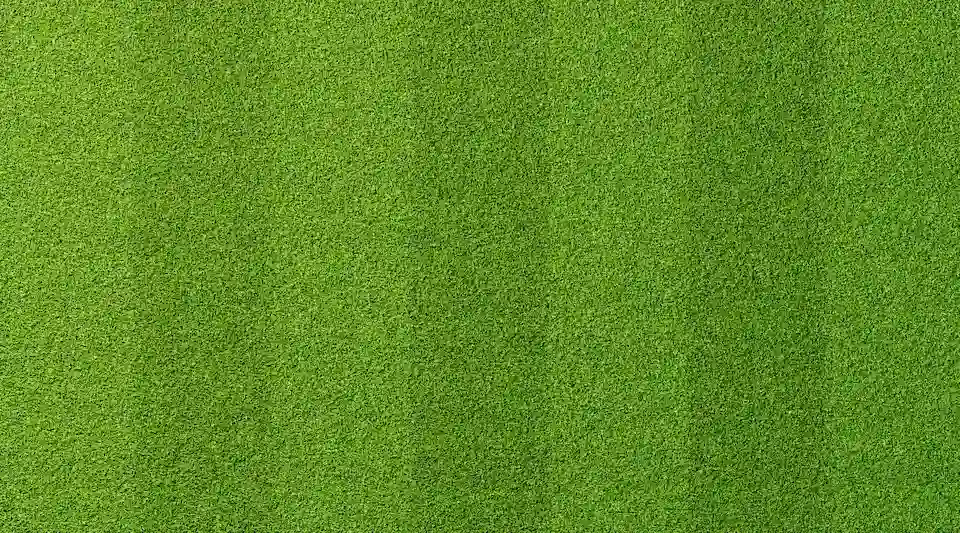
Establishing Regular Maintenance Tasks
Establishing regular maintenance tasks is crucial for the long-term health and beauty of your lawn. These tasks ensure that your lawn remains well-groomed, properly nourished, and free from common issues.
Mowing Techniques and Frequency
Mowing your lawn properly is essential for maintaining its health, appearance, and overall well-being. Let’s take a closer look at some key techniques and considerations to keep in mind when it comes to mowing frequency and techniques.
Proper Mowing Height
Maintaining the appropriate mowing height is crucial for the health of your grass. Different grass types have specific height requirements.
Here are general guidelines for when the lawn mower comes out:
- Bermuda grass, Zoysia grass, and Centipede grass should typically be mowed at a height of 1.5 to 2.5 inches.
- Kentucky bluegrass, tall fescue, and perennial ryegrass should maintain a mowing height of 2.5 to 4 inches.
Using the Right Mowing Equipment
Using the right mowing equipment is essential for achieving clean and precise cuts while minimizing damage to your lawn.
Consider the following:
- Choose a lawn mower that suits the size of your lawn.
- Ensure that your mower blades are sharp.
- Adjust your mower’s cutting height according to the grass blade type and desired mowing height.
Mulching vs. Bagging
Deciding whether to mulch or bag the grass clippings is a matter of personal preference and the condition of your lawn. Mulching involves finely cutting the grass clippings and leaving them on the lawn. Mulched clippings break down quickly, providing valuable nutrients and organic matter to the soil. Bagging involves collecting and removing the grass clippings from the lawn. This is recommended when the grass is excessively tall, or wet, or when you want a neater appearance.
Mowing Patterns for Optimal Growth
Varying your mowing patterns can benefit your lawn’s overall growth and appearance. Changing mowing directions prevents the grass from leaning or developing a grain pattern. Additionally, alternating mowing patterns help to prevent soil compaction and encourage upright growth.
Watering Guidelines
Watering your lawn correctly is crucial for its overall health and vitality.
Determining Watering Needs
To determine your lawn’s watering needs, consider the following factors:
- Grass Type: Different grass types have varying water requirements. For instance, warm-season grasses typically require less water than cool-season grasses.
- Soil Type and Drainage: Soil type affects water retention and drainage. Sandy soils drain quickly and may require more frequent watering, while clay soils retain water longer and may need less frequent watering.
- Weather Conditions: Rainfall, temperature, humidity, and wind can all impact how much water your lawn needs. During periods of heavy rain, you may need to reduce or skip watering, while during hot and dry spells, you may need to increase watering.
Watering Methods and Techniques
Consider the following techniques for efficient and effective watering:
- Deep Watering: Water deeply and infrequently to encourage deep root growth. Shallow watering promotes shallow root development, making the lawn more susceptible to stress and drought.
- Time of Day: Water your lawn in the early morning, preferably before 10 a.m. Watering early allows the grass to dry before evening, reducing the risk of fungal diseases.
- Water Conservation: Practice water conservation techniques to minimize waste. Avoid watering sidewalks, driveways, or other non-lawn areas.
Irrigation Systems and Timers
Investing in an appropriate irrigation system and timer can simplify and automate your watering routine:
- Sprinkler Systems: Automatic sprinkler systems provide convenience and ensure even water distribution.
- Drip Irrigation: Drip irrigation systems deliver water directly to the root zone, minimizing water waste. This method is particularly effective for gardens, flower beds, and areas with specific watering needs.
- Timers: Timers allow you to set specific watering schedules and durations, providing the right amount of water at the appropriate times.
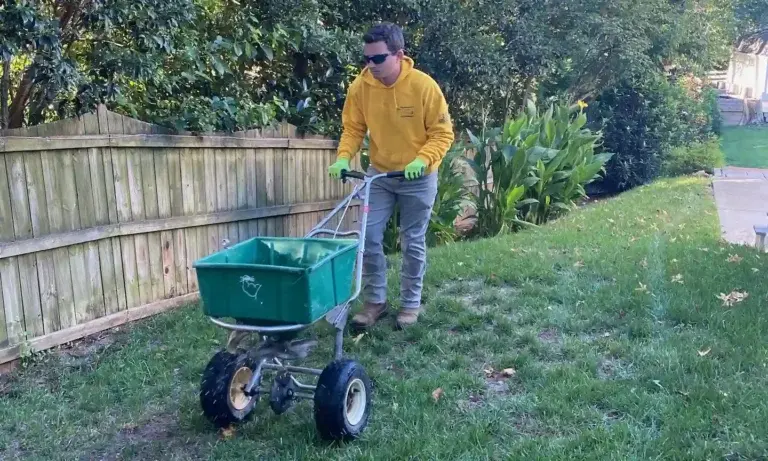
Fertilization Schedule
Developing a proper fertilization schedule is essential for providing your lawn with the necessary nutrients for healthy growth and vitality.
Understanding Lawn Nutrient Requirements
The three primary nutrients needed for healthy lawn growth are:
- Nitrogen (N): Nitrogen is essential for promoting green, lush growth.
- Phosphorus (P): Phosphorus helps establish a strong root system and supports flower and seed production.
- Potassium (K): Potassium contributes to overall plant vigor, disease resistance, and stress tolerance.
Types of Lawn Fertilizers
Various types of fertilizers are available, each with its own composition and release mechanism.
Common types include:
- Synthetic Fertilizers: Synthetic fertilizers are manufactured with specific nutrient ratios and release rates. They provide immediate nutrient availability and precise control over nutrient content.
- Slow-Release Fertilizers: Slow-release fertilizers provide a steady supply of nutrients to the grass, reducing the risk of nutrient leaching and promoting more even growth.
- Organic Fertilizers: Organic fertilizers release nutrients slowly as they break down, improving soil health and microbial activity.
Applying Fertilizer Correctly
Proper application of fertilizer ensures that your lawn receives the right amount of nutrients without causing harm.
Consider the following guidelines:
- Read and follow the manufacturer’s instructions on the fertilizer package for proper application rates and timing.
- Apply fertilizer evenly and avoid overlapping or concentrated application, as this can lead to uneven growth or burn spots.
- Use a spreader for granular fertilizers to ensure uniform distribution. Calibrate the spreader according to the specific fertilizer and lawn size.
- Water your lawn after fertilization to help activate the nutrients and prevent any potential burning of the grass.
Organic and Natural Alternatives
If you prefer an organic or natural approach to lawn fertilization, consider the following alternatives:
- Compost: Apply compost as a top dressing to enrich the soil and provide a slow release of nutrients. Compost improves soil structure, enhances microbial activity, and promotes long-term soil fertility.
- Organic Lawn Fertilizers: Choose organic fertilizers that are derived from natural sources. These products release nutrients slowly, improve soil health, and support sustainable lawn care practices.
- Natural Amendments: Use natural amendments such as bone meal, blood meal, or seaweed extracts to supplement nutrient levels. These amendments are rich in specific nutrients and can be applied as directed.
Weed Control Methods
Weed control is an important aspect of lawn maintenance to keep your lawn healthy and free from invasive and unsightly weeds.
Common Lawn Weeds
Knowing the common weeds in your lawn helps you identify and target them effectively.
Some common lawn weeds include:
- Dandelion: Dandelions have deep taproots and produce yellow flowers. They spread quickly and can be challenging to control.
- Crabgrass: Crabgrass is an annual grassy weed that forms spreading patches in lawns. It thrives in hot and dry conditions.
- Broadleaf Weeds: Broadleaf weeds, such as clover, plantain, and chickweed, have broad leaves and can be easily distinguished from grasses.
- Nutsedge: Nutsedge is a grass-like perennial weed with triangular-shaped stems and yellowish-green leaves. It spreads rapidly and is difficult to eliminate.
Pre-Emergent vs. Post-Emergent Weed Control
Pre-emergent herbicides are applied before weed seeds germinate. They form a barrier in the soil, preventing weeds from sprouting. It’s crucial to apply pre-emergent herbicides at the right time, typically before the soil reaches the optimal temperature for weed seed germination.
Post-emergent herbicides are applied to actively growing weeds. They target weeds that have already emerged from the soil. Post-emergent herbicides can be selective, targeting specific weed types, or non-selective, killing both weeds and desirable plants.
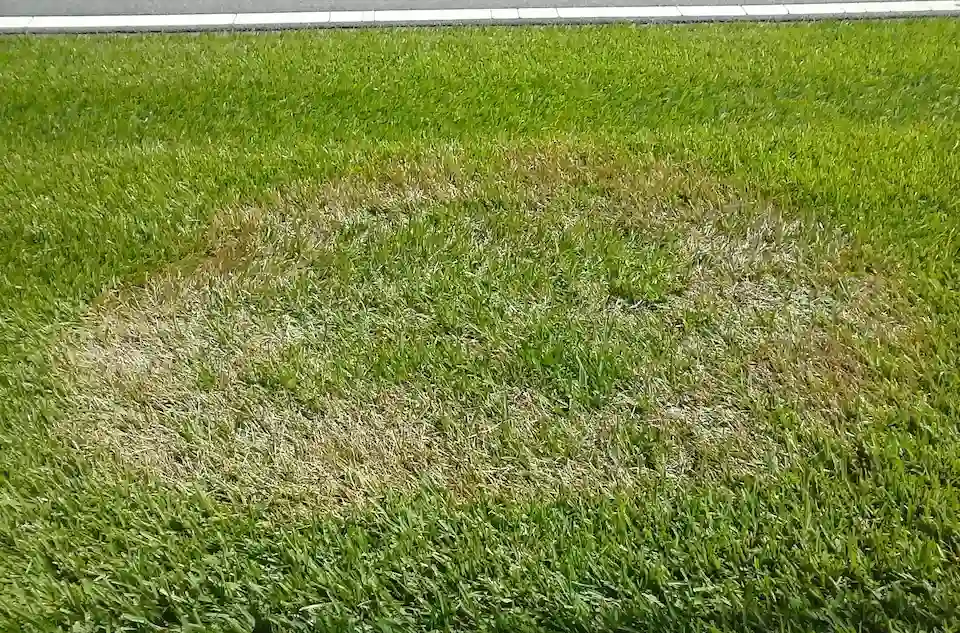
Pest and Disease Management
Pest and disease management is an important aspect of maintaining a healthy lawn. By being aware of common lawn pests and diseases, learning to identify and diagnose issues, and implementing integrated pest management strategies, you can effectively manage and prevent problems.
Common Lawn Pests and Diseases
Familiarizing yourself with common lawn pests and diseases allows you to recognize signs of infestation or infection.
Some common lawn pests and diseases include:
- Grubs: The larvae of beetles, grubs, feed on grass roots and cause brown patches.
- Chinch Bugs: These tiny insects suck the sap from grass, leading to yellowed or dead areas.
- Armyworms: The larvae of certain moths, armyworms can cause significant damage by devouring grass blades.
- Fungal Diseases: Diseases like brown patch, dollar spot, and powdery mildew can affect lawns, causing discoloration, thinning, or wilting.
Identifying and Diagnosing Issues
To effectively manage pests and diseases, it’s important to identify and diagnose problems accurately.
Look for the following signs:
- Visual Symptoms: Observe your lawn for areas with discoloration, thinning, patches, or unusual growth patterns.
- Pest Presence: Check for signs of pests such as grubs, chinch bugs, or caterpillars by inspecting the soil, and grass blades, or using sticky traps.
- Fungal Growth: Look for fungal growth, such as powdery or fuzzy patches, unusual spots, or mold-like substances on grass blades.
- Leaf Damage: Examine leaves for chewed edges, holes, or signs of feeding activity.
Once you’ve identified an issue, research or consult with professional lawn care experts to diagnose the specific pest or disease affecting your lawn. Proper diagnosis ensures you can choose the most effective management strategies.
Contact Turf TitanZ to Start Your Lawn Care Program Today
Take the first step towards achieving a beautiful and healthy lawn by contacting Turf TitanZ to start your lawn care program today.
Our team of experienced professionals serves Raleigh, NC, and the surrounding areas and is dedicated to providing top-notch lawn care services tailored to your specific turf. Whether you need assistance with mowing, fertilization, weed control, pest management, or any other aspect of lawn care, our landscaping specialists are prepared with the knowledge and skills to transform your lawn into a lush, vibrant oasis that enhances your property’s curb appeal.
Contact Turf TitanZ today by calling us at (919) 562-0771 or filling out our contact form below.
